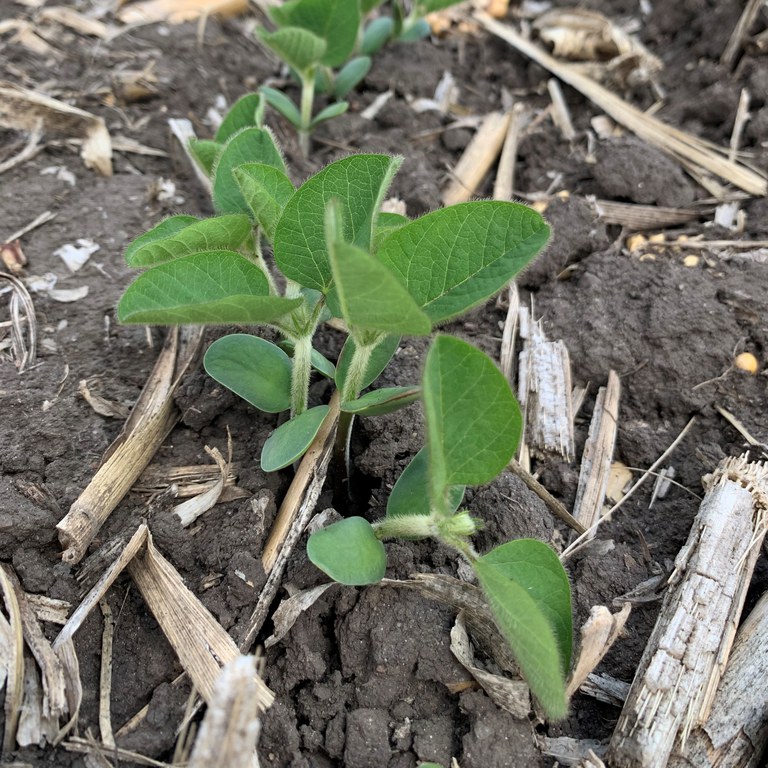Maximizing Soybean Yield Potential in Dry Conditions
There’s no single strategy to deal with drought conditions, but there are strategies that farmers should consider to maximize their soybean yield potential.
With limited soil moisture available, maintain topsoil moisture currently present. That approach begins by limiting or eliminating preplant tillage. Soil moisture is lost with every tillage pass. We likely will need this moisture during the last-half of summer when seed is being produced. Plus, research shows that soybeans respond to direct seeding into previous crop residue or no-till. Across 37 NDSU tillage trials, conservation tillage (direct seeded, strip till or no-till) averaged 4 percent greater soybean yield compared to yield with conventional tillage.
Another factor that can boost soybean yield potential is to start planting early. Soybean seeding shouldn’t take priority over cool-season crops like wheat in the ground, but farmers should take advantage of the earliest possible planting windows. NDSU encourages early planting as long at the seeding dates follow crop insurance guidelines and if the soil is fit.
Early planting gives growers a number of advantages. There’s a better chance of topsoil moisture being present in early May, versus the last half of May. Plus, early planting will increase yield potential. NDSU data averaged over nine trials shows 8 percent yield increase when planting the first 10 days of May versus waiting until the last half of May. Early planting also gives growers the opportunity to plant a full season variety, which offer better yield potential. Based on an extensive commercial field survey (over 1000 fields) by NDSU across North Dakota, for every 0.1 increase in maturity group, there is about a three-quarters of a bushel per acre yield increase. For example, going from a 0.2 to a 0.6 maturity, may translate into an increase of about three bushels per acre.
NDSU recommends planting soybean in rows as narrow as possible. Plus, farmers should strive for early season stands of 145,000 to 155,000 established plant per acre in eastern North Dakota.
We want the crop canopy closed as soon as possible. This provides a good environment to conserve moisture if we continue to have dry weather by preventing moisture loss from evaporation. Also, canopy closure increases yield potential by capturing sunlight sooner and helping soybean be more competitive with weeds.
With the topsoil dry, some farmers may be tempted to plant soybeans deeper than normal (ideal depth is 1- to 1.5 inches) to access soil moisture. Place the seed at the soil moisture level but do not exceed a 2-inch depth. Planting larger, high quality soybean seed can be useful in maximizing yield potential, especially when planting deep. The larger seeds have more energy, which gives the soybean shoot a greater chance of emerging into a viable plant.
In summary, the best approach begins with timely planting and managing for maximum yields. Our general recommendations will not change because of the threat of dry weather. If we plan for a drought, then we limit ourselves in yield potential.
 Soybean producers should strive for timely planning and manage fields for maximum yield.
Soybean producers should strive for timely planning and manage fields for maximum yield.
Greg Endres
Gregory.Endres@ndsu.edu
Extension Agronomist


